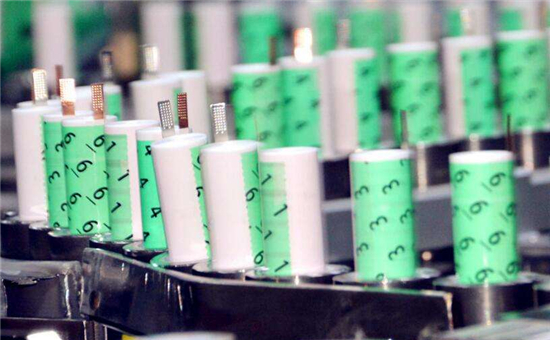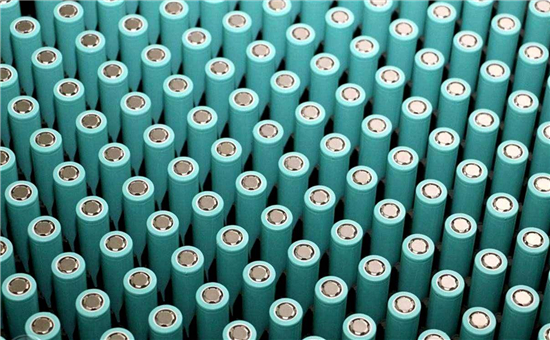Can I send lithium batteries in the mail?
Dec 04, 2019 Pageview:1389
Can I send lithium batteries by mail?
Lithium-ion batteries can be shipped internationally and domestically via USPS service. However, shipping Lithium-ion batteries is not an easy task. When shipping Li-ion batteries, the shipment must comply with both the U.S. Department of Transportation (DOT) standards and the Pipeline & Hazardous Materials Safety Administration standards. Failure to comply with these standards will result in a ban on the shipment and in some cases can result in legal actions. Those standards are in place, to make sure that Li-ion batteries are transported in a manner that is safe to both the environment and humans.
USPS mailing standards for lithium batteries
Shipments of Li-ion batteries must follow the following guidelines when shipped, otherwise, fines or legal actions could be taken against the shippers:
Each cell of the Li-ion battery must not contain more than one gram of Lithium.
Each Li-ion battery must not contain an amount of Lithium that is more than two grams.
Packages must have a complete and genuine return address.
Packages that contain non-installed batteries must have DOT approved lithium battery mark (UN3090).
Another regulation of shipping Li-ion batteries is when shipping to international destinations; Li-ion batteries cannot be shipped standalone. They have to be installed on the device they operate. It is not allowed to ship packages containing Li-ion batteries that are not installed in their devices.
How do you safely pack and mail lithium batteries?
Packing Lithium ion batteries
Before shipping Li-ion batteries that are contained inside equipment, you have to keep in mind the following:
The regulations regarding the power and quantity of the cells and the batteries change frequently, you have to read the updated version of them before shipping.
Ask for the receiving destination regulations, as they may be different from those of your homeland.
If the equipment is damaged, make sure that the Li-ion batteries inside are not damaged too.
Make sure that the Li-ions batteries are not bulging out of the device.
It is also good to remember that defective batteries are treated as hazardous materials and are not allowed to be shipped anywhere.
The Packaging process of the equipment containing Li-ion batteries is extremely important. It is recommended that you use an expert packaging agency to help you with this process. It is important that you follow the following when packaging equipment containing Li-ion batteries inside:
Using sturdy, the high-quality packaging material is necessary. Do not use cheap material.
Equipment must be packed in a way that prevents it from moving while being shipped.
Add a return address and an emergency contact number on the package.
Lithium battery handling label must be placed on the package in a clear way and without folding.
When shipping equipment containing Li-ion batteries inside by air; you must write the phrase "Lithium-ion batteries in compliance with section 2 of PI967". This phrase must be written in a clear way and in the English language only. Finally, make sure that your shipment is well packed, well-labeled, and has the entire needed document.
Mailing the Package
Just like gasoline, sulphuric acid, and other hazardous goods. Lithium-ion batteries are considered as dangerous as these goods. Most Lithium-ion batteries are safe to be transported and used. The risk comes from overheating when a Lithium-ion battery is overheated it catch fire. And since Lithium is a very reactive material, once one battery caught fire the other batteries will follow, which will cause eventually an explosion.
Most fire-fighting systems and extinguishers are unable to suppress a fire caused by a reaction of Lithium. That is why it is crucial when packaging Lithium-ion batteries extreme caution is applied. That way you could avoid short circuit and overheat of the batteries.
There are some tips if followed you can ensure the safety of your shipment:
Prevent the Li-ion batteries from being in contact with any conductive material.
Equipment must be protected against accidental activation.
Before shipping contact your shipping company to make sure what devices can be active during transportation and what cannot.
Devices with a high chance of overheating must be packed in special packaging material that has the ability to act as a cooler to the batteries no matter what the surrounding temperatures are.
A non-conductive divider must be placed between the devices containing Li-ion batteries inside.
Ensure that no Li-ion battery comes in contact with another one.
Li-ion batteries must not come near any metallic surface while in transportation.
Exposed terminals and connectors must be covered in a non-conductive material.
If the lithium ion batteries in the shipment have a capacity of more than 100 Wh, then; a Dangerous Goods contract will be required.
If you are shipping the Li-ion batteries by air, ask for the average temperature inside the cargo plane. If it poses a risk of overheating -based on the Li-ion manual- then do not ship the batteries.
Small lithium-ion batteries are excused from most of the safety regulations due to their tiny size. That is why it is important to check the shipping regulations for Li-ion batteries before every shipment you make to stay updated.
Before packaging the Li-ion batteries it is recommended that you keep their capacity below 30%. Any more and the shipment will be refused.
If the package is more than 5 Kg, a Dangerous Goods contract is also required.
Finally, it is important to remember that Li-ion batteries are a hazardous material, which should be handled with extreme care and caution. It is also important to check the regulations for the destination you are shipping your batteries to and make sure that you follow them perfectly. Remember that failure to do so would result in your shipment to be destroyed as a hazardous material.
- Prev Article: Can You Recharge Lithium Ion Batteries?
- Next Article: Can you leave lithium batteries on charge?
Leave Message
Hottest Categories
-
Hottest Industry News
-
Latest Industry News











